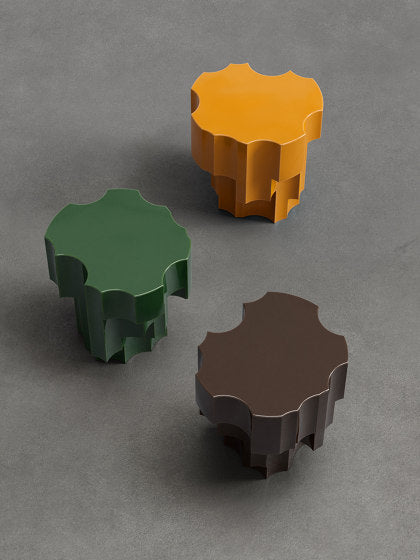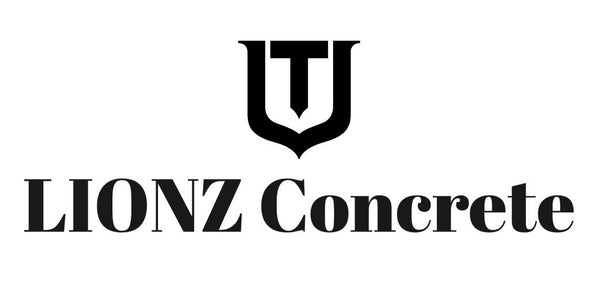Exploring the Versatility of Concrete in Furniture Design
Share
Introduction:
Concrete, the sturdy foundation of our urban landscapes, has long been admired for its strength and durability. However, its potential as a material for furniture design often remains overlooked. Many may question: Can concrete truly be transformed into a functional and aesthetically pleasing furniture product? And if so, won't it be too heavy to handle?

Breaking the Myth of Weight
The primary concern surrounding concrete furniture is its weight. It's true; concrete is denser and heavier compared to traditional furniture materials like wood or plastic. However, modern advancements in concrete technology have revolutionized its use in furniture design.
Engineers and designers have developed innovative techniques to create lightweight yet robust concrete furniture. By incorporating additives and modifying the composition, they've succeeded in reducing the weight significantly without compromising on strength. Additionally, hollow sections or reinforced structures further contribute to making concrete furniture more manageable and transportable.
Versatility in Design
Concrete's versatility extends beyond its structural properties. Its malleability during the casting process allows for endless design possibilities. From sleek, minimalist forms to intricate, sculptural pieces, concrete furniture can adapt to various styles and preferences.
Moreover, concrete's ability to mimic other materials like wood, stone, or metal through staining and texturing techniques adds to its appeal. This versatility enables designers to create furniture pieces that blend seamlessly into diverse interior aesthetics, from industrial lofts to contemporary apartments.
Durability and Sustainability
One of concrete's greatest assets is its durability. Unlike traditional furniture materials susceptible to wear and tear, concrete furniture stands the test of time. Its resistance to moisture, fire, and pests makes it ideal for both indoor and outdoor use, ensuring longevity with minimal maintenance.
Furthermore, concrete's eco-friendly credentials contribute to its appeal in sustainable design practices. With growing emphasis on reducing carbon footprint and promoting circular economies, concrete emerges as a viable option due to its abundance and recyclability.
Conclusion
In conclusion, concrete possesses immense potential as a furniture material, challenging conventional perceptions of weight and design limitations. Through innovation and creativity, designers continue to push the boundaries, crafting functional and visually striking pieces that redefine the notion of concrete furniture.
So, can concrete be made into a furniture product? Absolutely. Will it be heavy? Not necessarily. With advancements in technology and a keen eye for design, concrete furniture opens doors to a world of possibilities, where strength meets elegance in perfect balance.

